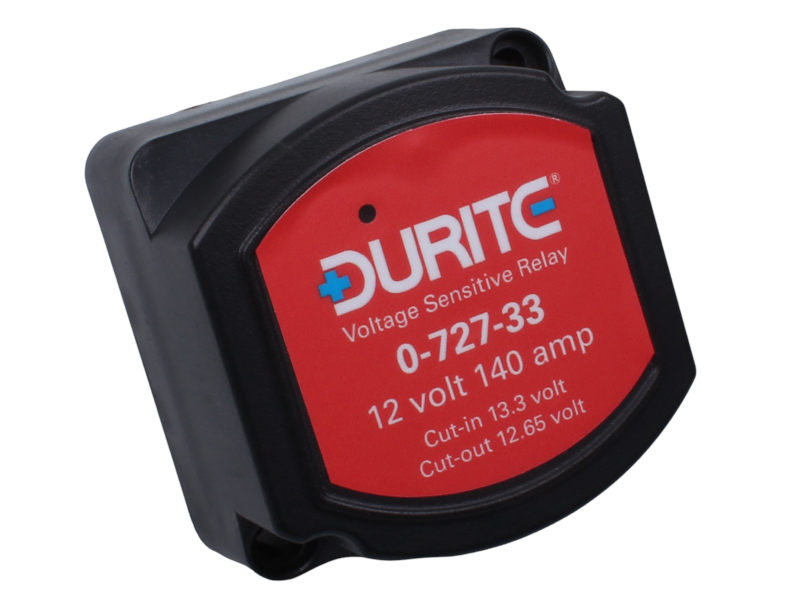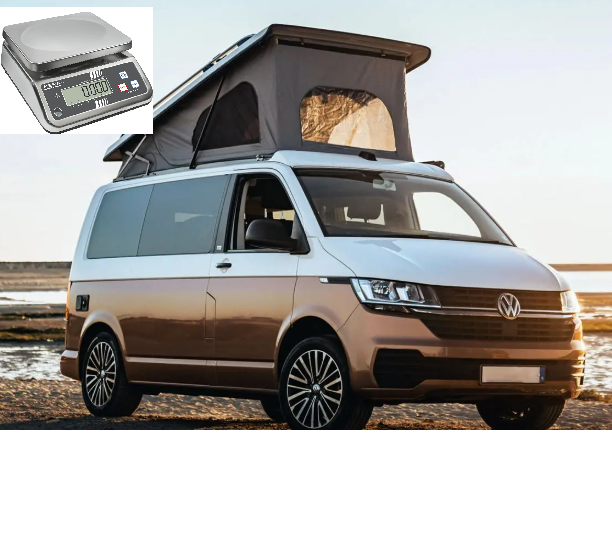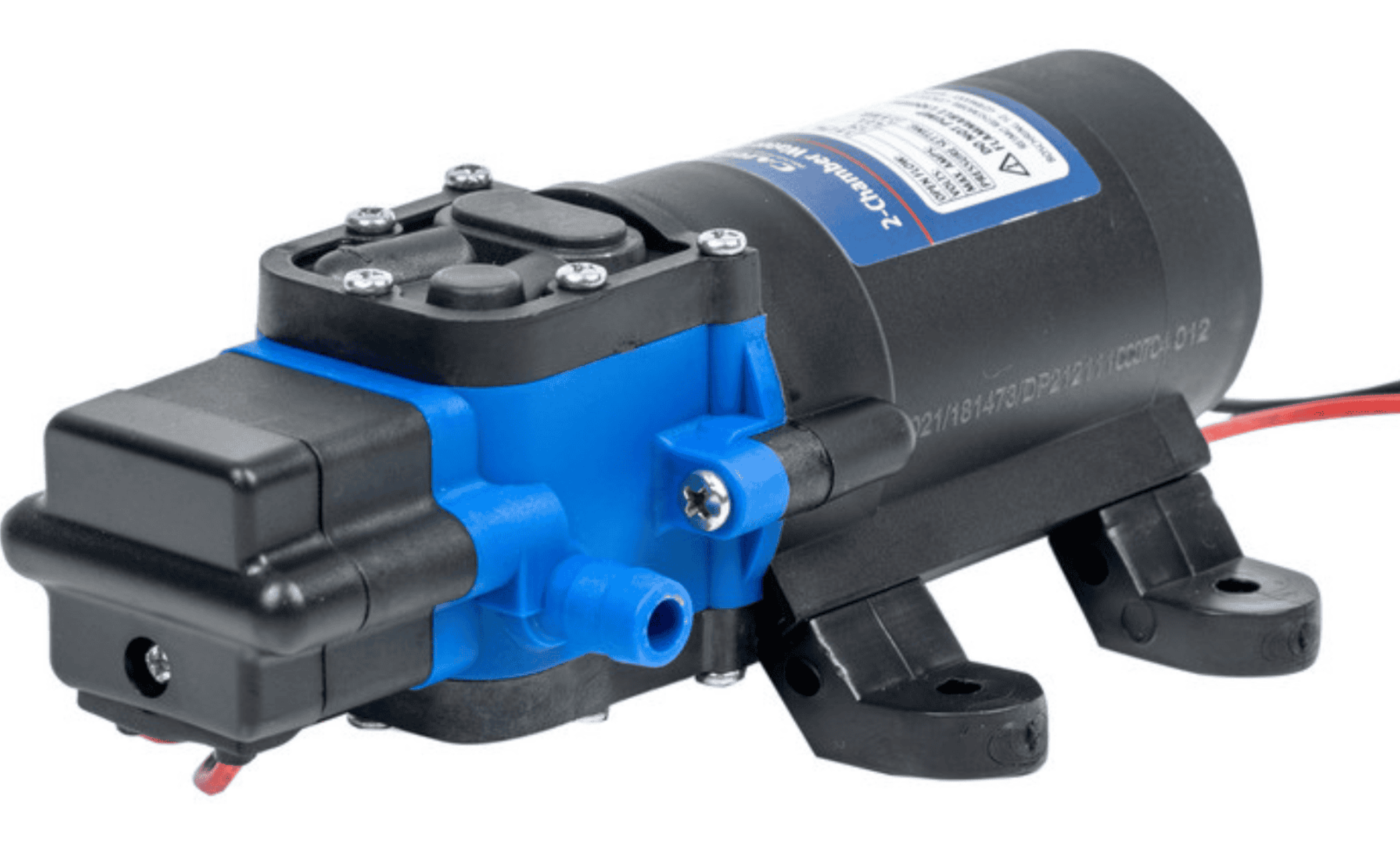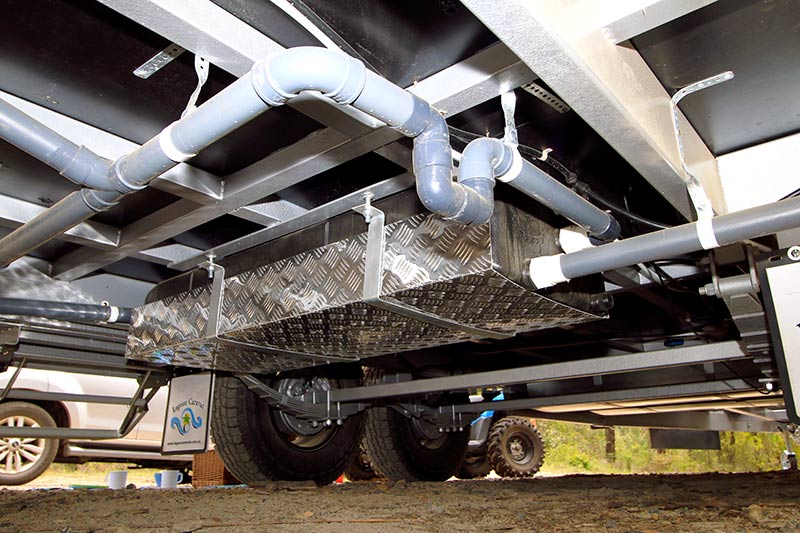Embarking on a campervan conversion is an exciting journey, promising freedom and off-grid adventures. However, powering your mobile home efficiently is crucial for a comfortable and enjoyable experience. One key component that often comes into play is the split charge relay. But what exactly is it, and how does it revolutionize your campervan’s electrical system? Let’s dive in!
What is a Split Charge Relay?
Essentially, a split charge relay is an electronic switch that automatically connects and disconnects two batteries, typically your vehicle’s starter battery and a leisure battery, based on the voltage of the starter battery. Its primary function is to allow your alternator to charge your leisure battery while driving, without draining your starter battery.
Think of it as a smart gatekeeper:
- Charging: When your engine is running and the alternator is producing sufficient voltage (usually above 13.3V), the relay closes, connecting the starter and leisure batteries in parallel. This allows the alternator to charge both batteries simultaneously.
- Preventing Drain: When the engine is off and the voltage drops below a certain threshold (around 12.8V), the relay opens, isolating the leisure battery from the starter battery. This prevents your leisure battery from draining your starter battery, ensuring you can always start your vehicle.
Why is a Split Charge Relay Essential for Campervan Conversions?
Campervans require a separate power source to run appliances like fridges, lights, and charging devices. Relying solely on the starter battery would quickly deplete it, leaving you stranded. A split charge relay solves this problem by:
- Efficiently Charging Your Leisure Battery: It harnesses the power of your vehicle’s alternator to charge your leisure battery while you drive, maximizing your off-grid capabilities.
- Protecting Your Starter Battery: By isolating the batteries when the engine is off, it ensures your starter battery retains enough charge to start your vehicle.
- Simplifying Power Management: It automates the charging process, eliminating the need for manual switching or complex wiring.
- Enabling Longer Off-Grid Stays: With a reliably charged leisure battery, you can enjoy extended periods of time away from mains power.
How is a Split Charge Relay Used in a Campervan Conversion?
Integrating a split charge relay into your campervan’s electrical system involves a few key steps:
- Choosing the Right Relay: Select a relay with an appropriate amperage rating for your system. Consider the current draw of your appliances and the size of your leisure battery. Voltage sensing relays are popular and easy to install.
- Wiring Connections:
- Connect the relay’s positive terminal to the positive terminal of your starter battery.
- Connect the other positive terminal of the relay to the positive terminal of your leisure battery.
- Connect the negative terminals of both batteries to a common ground point.
- Connect the voltage sense wire to the positive terminal of the starter battery.
- Fuse Protection: Install fuses on both the starter and leisure battery circuits to protect against overcurrent and short circuits.
- Testing: After wiring, thoroughly test the system to ensure the relay is functioning correctly.
Types of Split Charge Systems
While the voltage sensing relay is most common, other methods exist, including:
- Voltage Sensing Relays (VSR): These are the most popular due to their ease of installation and automatic operation.
- Manual Switches: These require manual switching to connect and disconnect the batteries. While simple, they require constant monitoring.
- DC-DC Chargers: These provide more sophisticated charging, regulating the voltage and current to optimize the charging of the leisure battery. They are more expensive, but provide better charge profiles.
Benefits of Using a Split Charge Relay:
- Increased independence and freedom during campervan adventures.
- Reliable power supply for essential appliances.
- Protection of the starter battery from depletion.
- Simplified electrical system management.
- Enhanced safety through fuse protection.
Considerations:
- Ensure proper ventilation for your batteries and electrical components.
- Use appropriate cable sizes to handle the current load.
- Consult with a qualified electrician if you are unsure about any aspect of the installation.
By understanding how a split charge relay works and how it integrates into your campervan’s electrical system, you can ensure a reliable and efficient power supply for your adventures. With a well-designed system, you can confidently explore the open road, knowing your campervan is equipped to handle your power needs.




